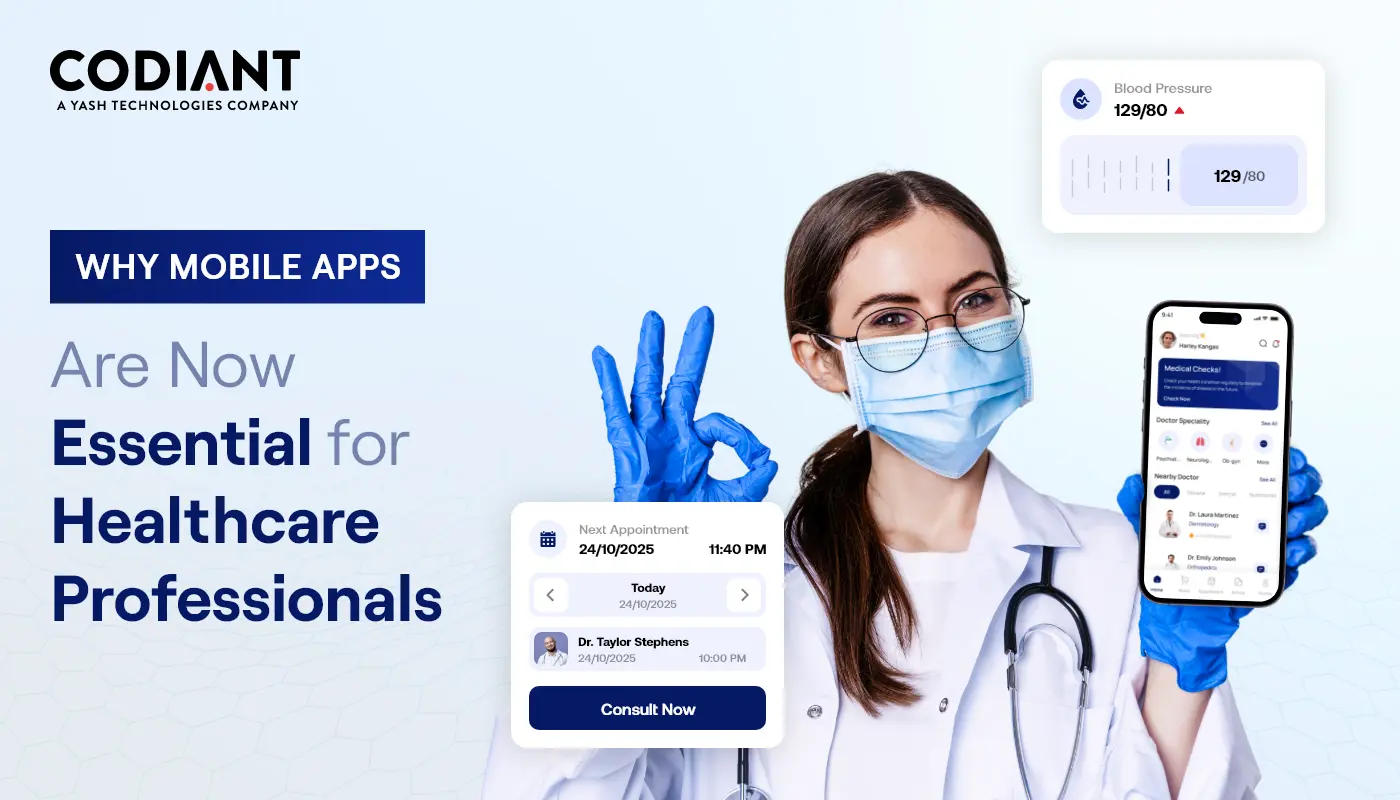Use Cases of Extended Reality for Payers
1. Engaging and Demonstrating Insurance Plans to Customers
An insurance plan is a must for every individual to deal with highly expensive healthcare services. But manually it is quite a tiring and boring process to educate any person about it.
Availing of immersive extended reality technology; allows for the building of an interactive conversation, minimizes complexity, and highlights the offerings to reframe the customers’ mind over purchasing the insurance plan. Apart from that, integrating extended reality technology in insurance plan demonstration will become an effective marketing track to engage with new prospects.
2. Marketing & Customer Engagement through Virtual Customer Care
The virtual customer care services allow real-time guidance to policyholders on filling claims forms, resolving billing issues, and fulfilling other service requests. It becomes possible for the customer to perform all these activities with ease at their comfortable place with the help of extended reality technology that facilitates virtual assistance. They don’t have to contact any insurance agent or visit a service desk.
3. Remote Employee Training & Guidance
The application of extended reality in healthcare can help to bridge the gap between new and experienced employees. Digital coordination supports quick and easy sharing of files, and data, engage with in-field staff, promotes real-time training, and empowers technical experts.
Remote employees can interact with each other and can even switch the live video interaction to present an accurate demonstration of discussion. It will help to gain guidance or suggestions from the counterpart, regardless of their presence in any part of the globe.
Use Cases of Extended Reality for Providers
1. Performing Virtual Surgery
In the healthcare sector, people require an extensive amount of practice to minimize the chances of errors. The surgeons need to sharpen their skills by practicing only, but doing so on live subjects (humans) could be quite risky and may lead to unexpected results. However, with rigorous practice, it can be dealt with.
With the help of integrating extended reality in healthcare, the learners can sharpen their surgical skills without harming anyone. Using XR simulation, the practitioners can perform multiple iterations virtually and without worrying about any consequences.
2. Easy Patient Diagnosis
With the help of extended reality technology, healthcare specialists can scan the entire body of the patient and can make an easy and quick diagnosis. By using a 3D model with immersive technology, patients’ illness diagnosis becomes easy, such as tumors, fractures, etc.
The extended reality platform provides patient images and demonstrates the step-by-step process of their potential surgery. Such familiarization with the problem or medical condition and procedures helps to raise awareness and allows them to learn about proper usage, boost recovery, and make patients feel at ease.
3. Therapeutic Training and Rehabilitation
Physiotherapy and behavioral treatment are the new and rising categories in the healthcare industry. Using extended reality in physical therapy sessions is increasing patient engagement and improves physical transformation. The data from each physiotherapy session allows specialists to evaluate better results.
AR technology is carving a new method of studying cognitive behavior and offering a safe environment for patients to practice exercises. It motivates patients and enables caregivers to offer physiotherapy at home at minimal charges.
4. Medical Training and Education
To study the complex structure of the human body, medical students have to go through a queue of monotonous lectures and usually have a hard time visualizing them. However, by integrating extended reality into healthcare education, visual teaching, and learning gets easy and more interactive.
With XR technology and 3D image projections, the visualization and understanding of human anatomy become easier. Also, enable us to examine each body part individually.
5. Remote Assistance
Extended Reality supports the convenient and distant reach of specialists without traveling anywhere. It helps to eliminate the hassle of reaching out to patients and offers much more advanced and quality services.
Even in the case of any epidemic or outbreak, extended reality in healthcare support specialists perform remote inspection and assistance, track patients’ vitals, and prescribe treatment in the minimum time frame.
Use Cases of Extended Reality for Medical Devices
1. Device Operating Training
To educate and train any healthcare device operator – all this becomes convenient through extended reality technology. This technology supports remote and digital assistance that enables people to connect easily and learn their training courses in an interactive environment in no time.
2. Device Maintenance and Troubleshooting
The extended reality technology helps device assistants monitor devices, avail preventive maintenance and suggest steps to deal with issues. All this becomes convenient to understand with proper training. Also, supports learning to troubleshoot problems.
3. Marketing Materials
Sales representatives can gain education and training by using extended reality in the healthcare industry. The technology also helps sales personnel to demonstrate the product experience to the healthcare providers, deep dive into the technical specifications, and gain a 360-degree perspective of the specific device and its operations.
Use Cases of Extended Reality for Promoting a Healthy Lifestyle
1. Healthy Diet
The advanced technology integrated into mobile applications helps people to gain good habits. The extended reality in a healthcare application development will help users to extract nutritional details, motivate them to follow a healthy diet, and monitor progress as well.
2. Fitness Training
The fitness instructor and people can connect anywhere and anytime. People can get easy access to professional trainers, gain guidance and education to use proper technique, proper usage of equipment, and monitoring training sessions.
3. Physical Therapy
The healthcare application integrated with extended reality offers an interactive artificial environment that boosts patients’ morale to gain a healthy lifestyle and achieve their targets. The technology keeps track of patients’ progress and helps them to form strategies accordingly to step ahead in their recovery.
Wrapping Up
The proper usage of extended reality technology in the healthcare industry is already supported to a great extent to save more lives, provide health assistance as soon as possible, improve patient care quality, and many more. It is ultimately making healthcare assistance more affordable and easily accessible for millions of people at a time.
As the healthcare industry continues to grow, the cost of XR technology, hardware, and software will decrease. Shortly, it is expected to witness a significant rise in demand for extended reality in healthcare to treat patients.
Are you looking to integrate XR technology into your healthcare services? At Codiant, we have a team of experts in building advanced solutions. For us, customer satisfaction and quality tool development always remain the priority while understanding your needs and expectations. For detailed discussion and assistance, you can reach out to our experts.





